This post may contain affiliate links.
The kitchen holds a special place in our homes, serving as a hub for cooking, meals, and gatherings. However, even though it’s the center of our daily lives, it’s easy for clutter, disarray, and items that have outstayed their welcome to accumulate in this space. These things can occupy space, hide in corners, and even pose health risks.
Clutter can accumulate quickly and easily between you and your life, but decluttering can spark immense joy and accomplishment. Promptly recognizing and eliminating these items is crucial in maintaining a clean, safe, and tidy kitchen.
If you want to organize and declutter your kitchen, here are 20 items that should be discarded immediately.
1. Aged Baking Soda in the Fridge
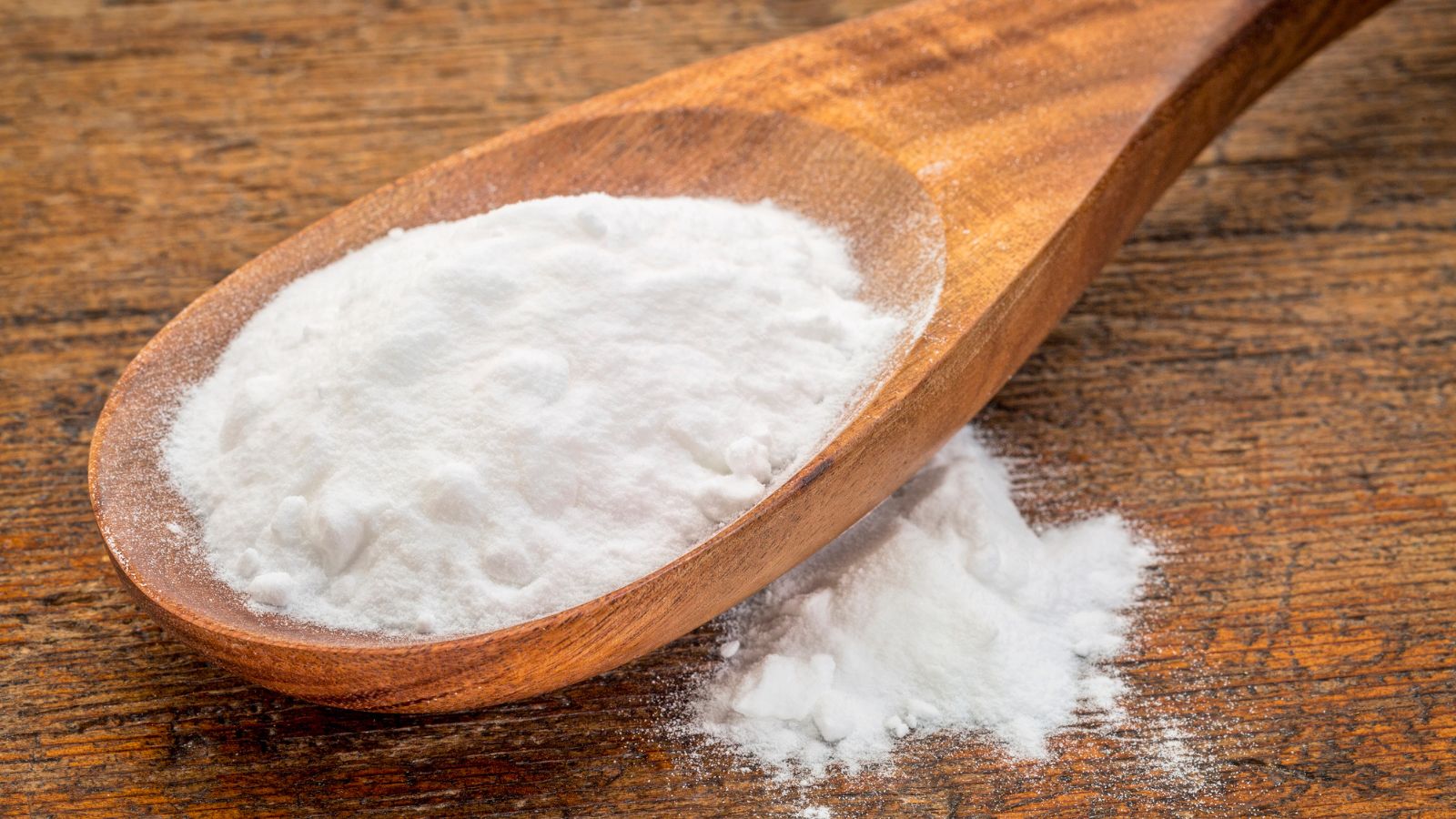
Many of us rely on a box of baking soda to combat fridge odors. Yet, the effectiveness of baking soda’s odor-fighting abilities has roughly three months of shelf life. That’s a mere three-month window.
If your baking soda has surpassed this timeframe in the refrigerator, it’s probably time to part ways with it. To help you remember when to replace it, consider marking the box with the date of opening whenever you replace it.
2. Scratched Non-stick Pans
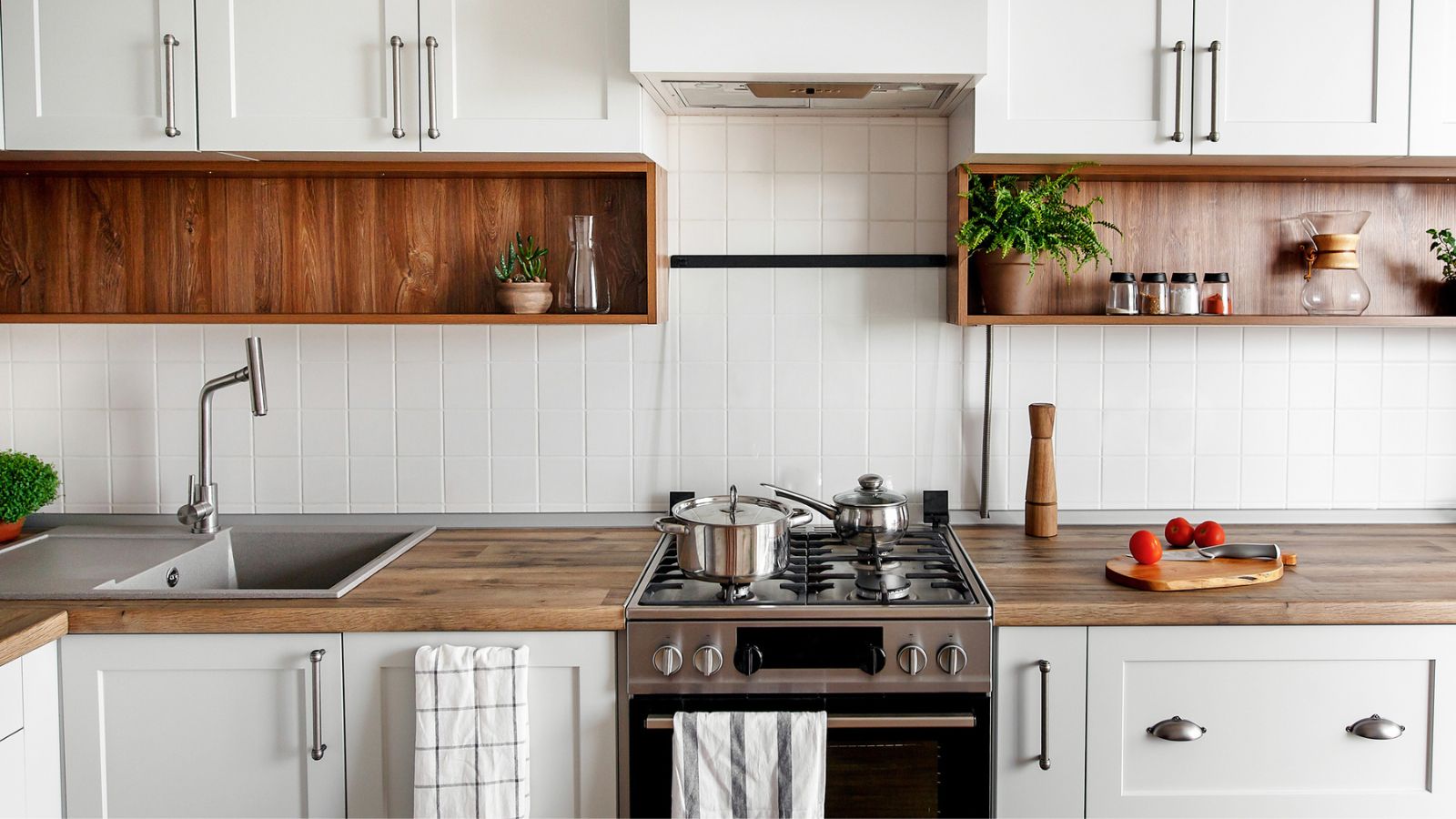
The protective coating that prevents food from sticking to the pan eventually wears down and deteriorates over time.
Unlike a cast iron pan that can be revived, a noticeable scratch on non-stick pans is a sign that it’s time to replace the pan.
3. Storage Containers Without Lids
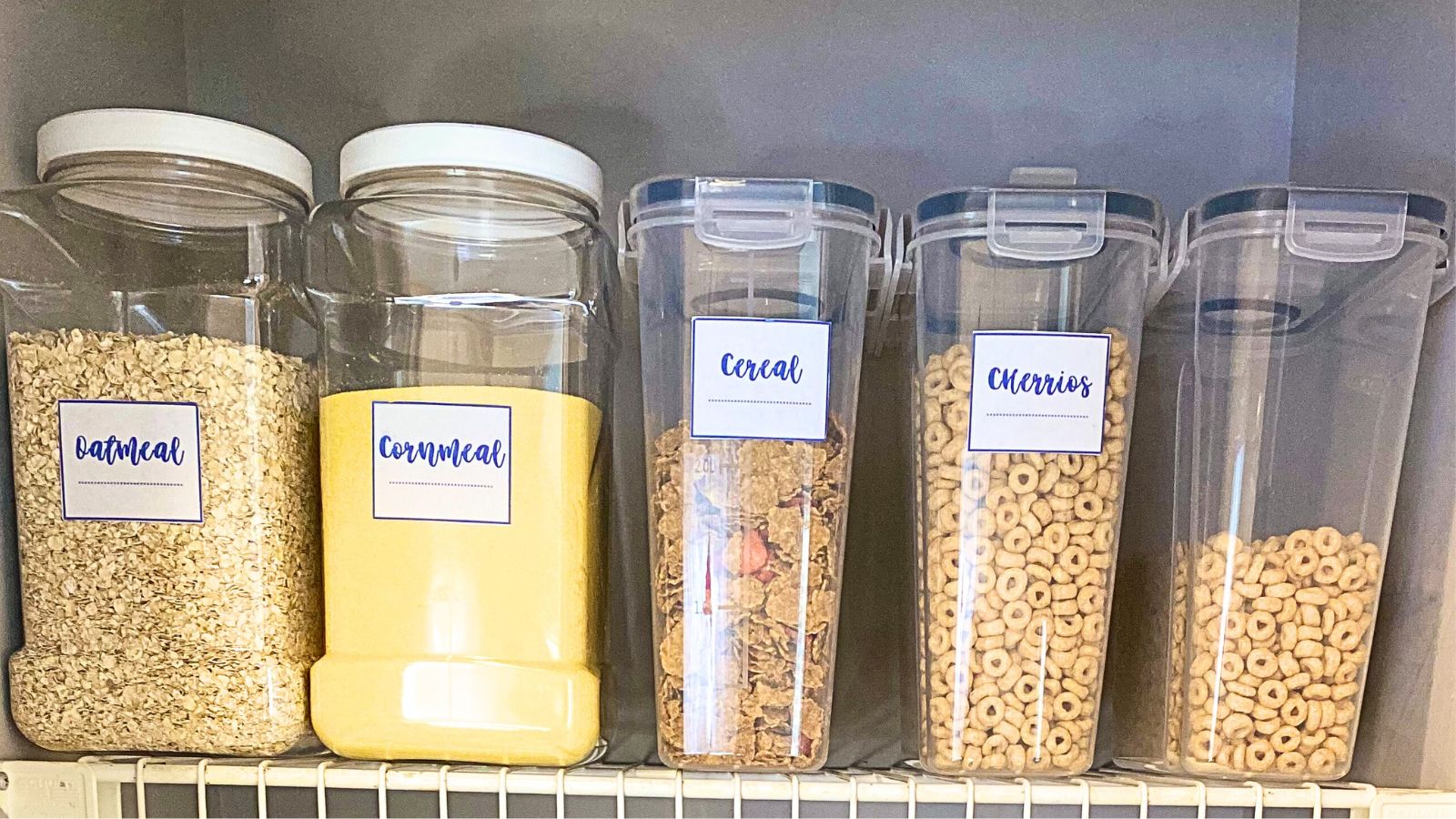
Food containers without lids serve little purpose and can be frustrating. It’s time to discard any that lack lids or are too stained to use.
Discolored, damaged, or cracked containers should also be tossed. Make space in your kitchen cabinets by letting go of plastic or glass containers that no longer fulfill their intended role.
4. Used Dish Sponge
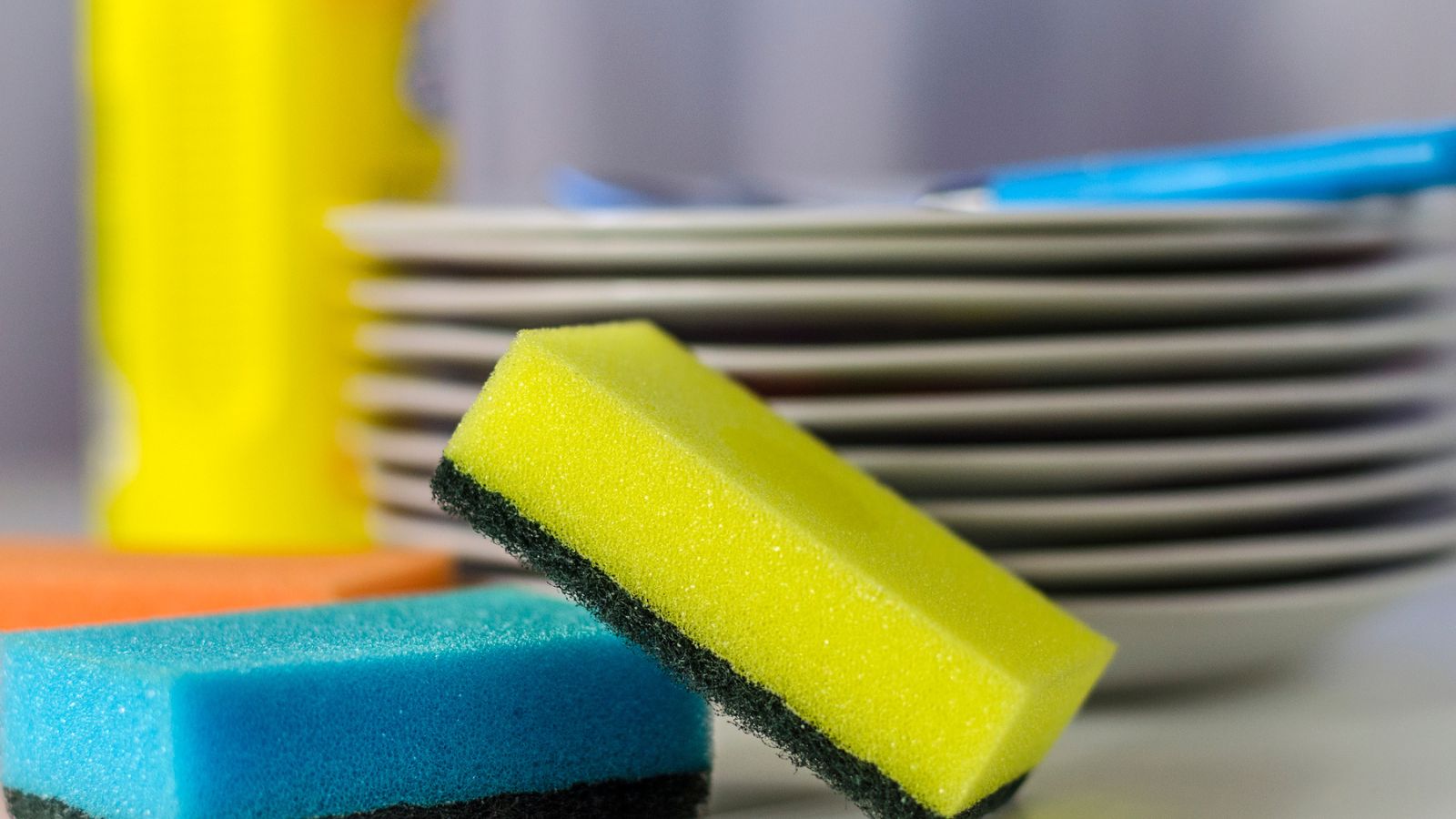
Kitchen sponges tend to harbor a significant amount of bacteria and germs, making them potentially one of the most unclean items in your kitchen. Even with efforts to clean them by rinsing and using soap, it may not suffice to eliminate all the germs.
To address this, it is a good practice to replace the sponge every week or sanitize it by microwaving or soaking it in a water and bleach solution.
5. Old Spices
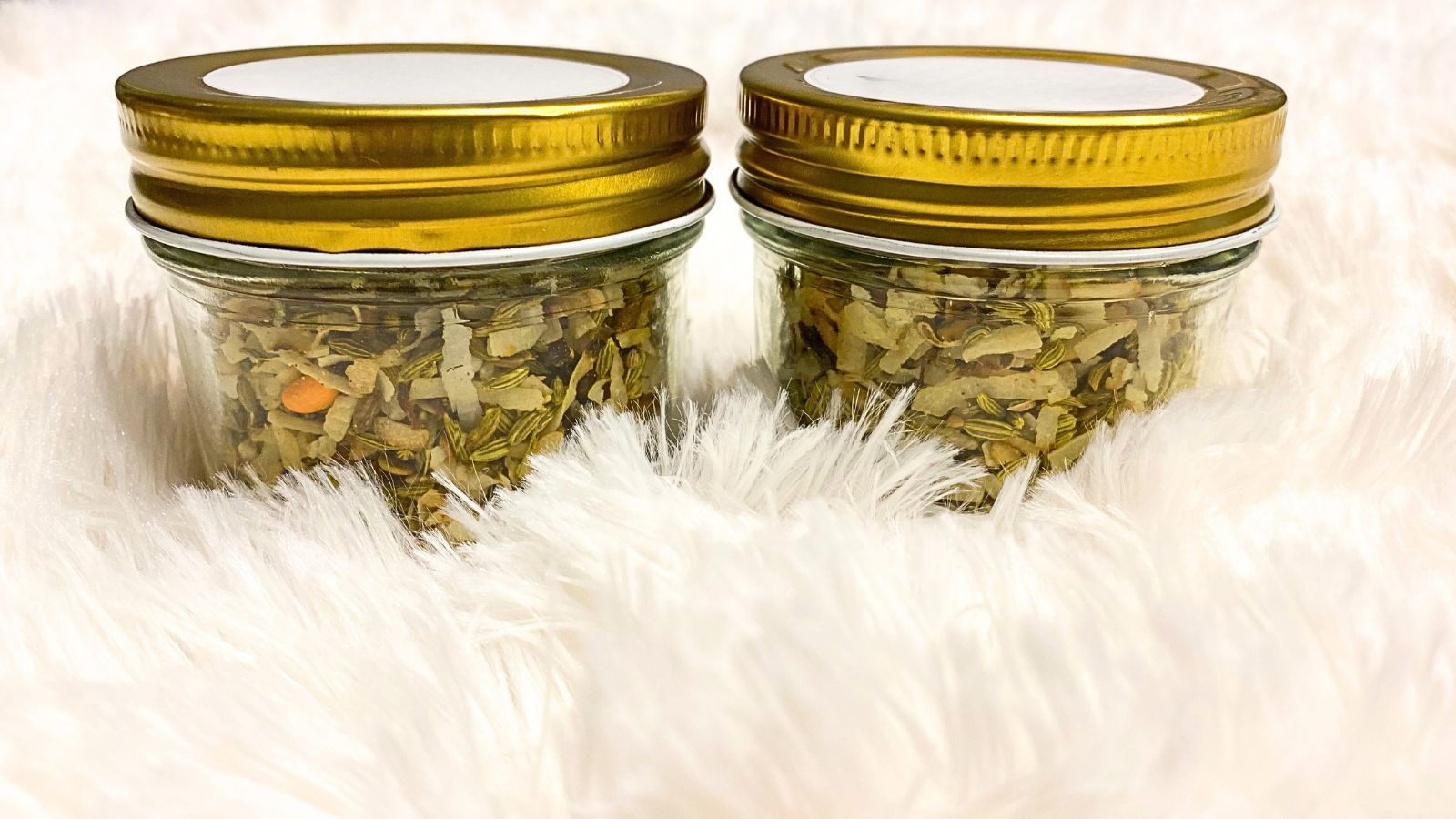
When was the last time you checked your spice cabinet? Like any other items in your kitchen, spices and dried herbs have a “best by” date.
Once they have reached this date, they gradually lose their flavor and effectiveness. It is a good idea to go through your spices and herbs and give them a refresh.
6. Aged Coffee Beans

Like spices, coffee beans come with a “best by” date. When stored in a vacuum-sealed bag, both whole and ground beans can last unopened for about four months and up to a week after opening.
If you can’t recall the last time you used that bag of coffee, it might be a good idea to let it go. While consuming coffee made from old beans won’t harm your health, it likely won’t taste very good.
14 Incredible Ways to Repurpose Used Coffee Grounds
7. Freezer-Burned Food

Freezer burn isn’t something you can ignore on your food. It occurs when food isn’t wrapped and stored correctly in the freezer.
It’s reasonable to expect that items affected by freezer burn, like your chicken, steak, or other meats, might not have the best taste.
8. Damaged Appliances
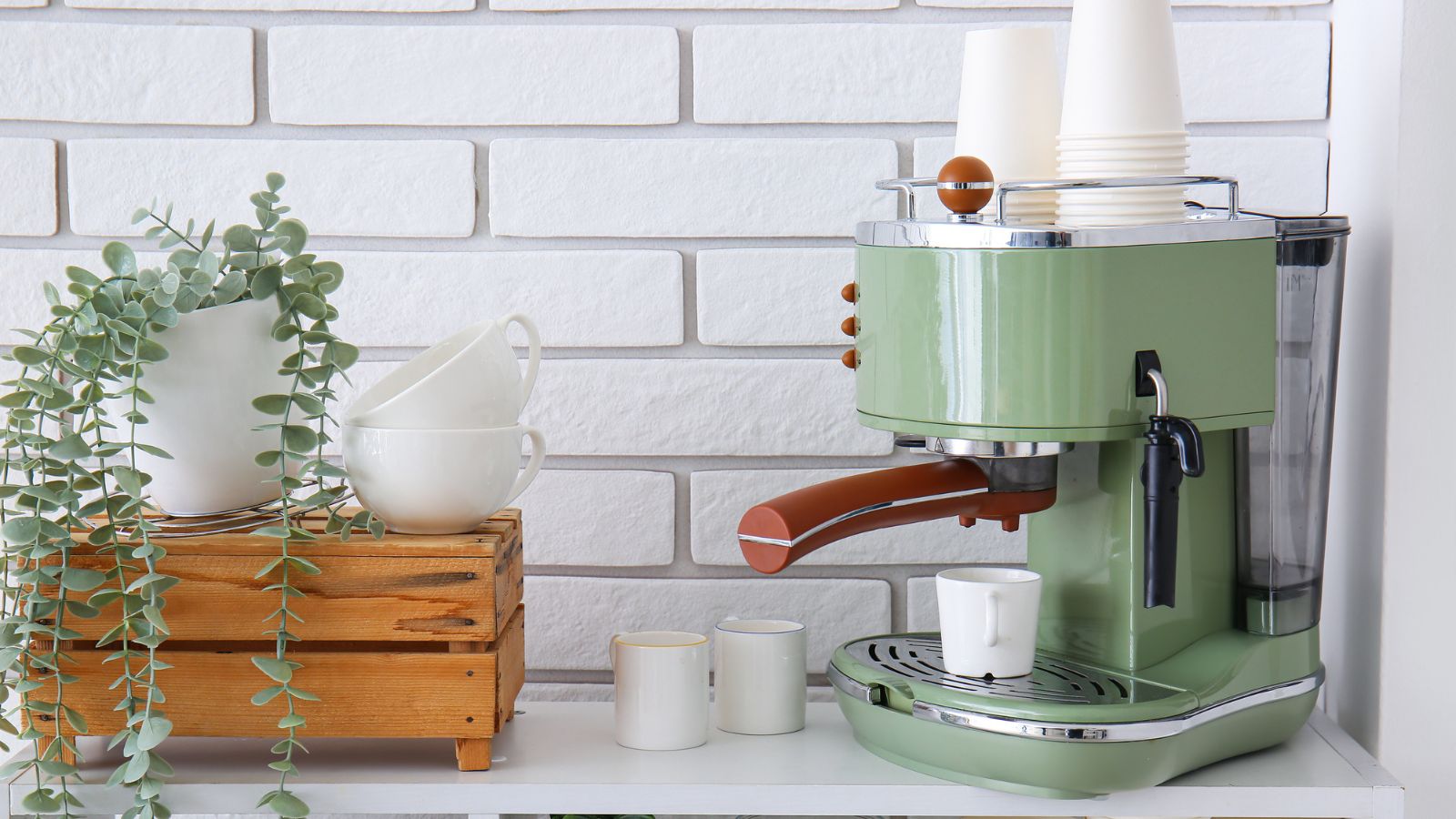
If you have broken appliances or ones you no longer use, it’s a good idea to part ways with them. You can donate or dispose of kitchen appliances that can’t be repaired or have lost their usefulness.
This will free up space in your kitchen, giving you more room to work and open up extra countertop or cabinet space.
Kitchen Appliance Checklist: 19 Essentials
9. Broken Dishware
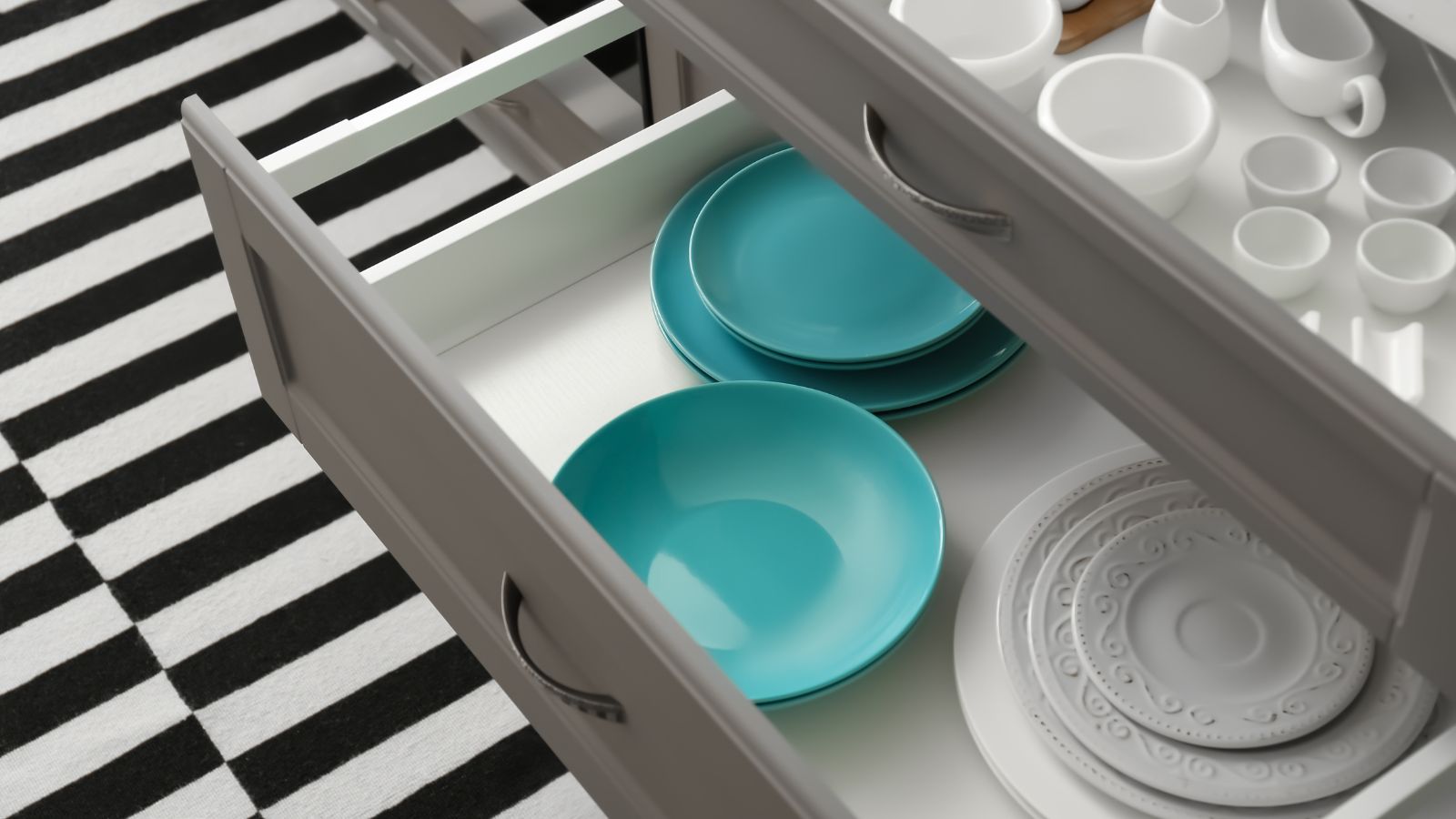
It’s pretty straightforward – broken dishware needs to go. Beyond the visual aspect, broken dishes can also present safety risks.
Look closely at your dishware for any chips or cracks, and promptly dispose of them when spotted.
10. Stained Kitchen Towels and Oven Mitts

It’s time to assess your dish towel collection. Consider the inconvenience of grabbing a hot pan and discovering your oven mitt has a hole.
Go through your kitchen towels, pot holders, and aprons. Get rid of any worn-out or damaged linens that can’t serve their purpose anymore. Dispose of stained, ripped, or torn towels and oven mitts.
11. Expired and Spoiled Food
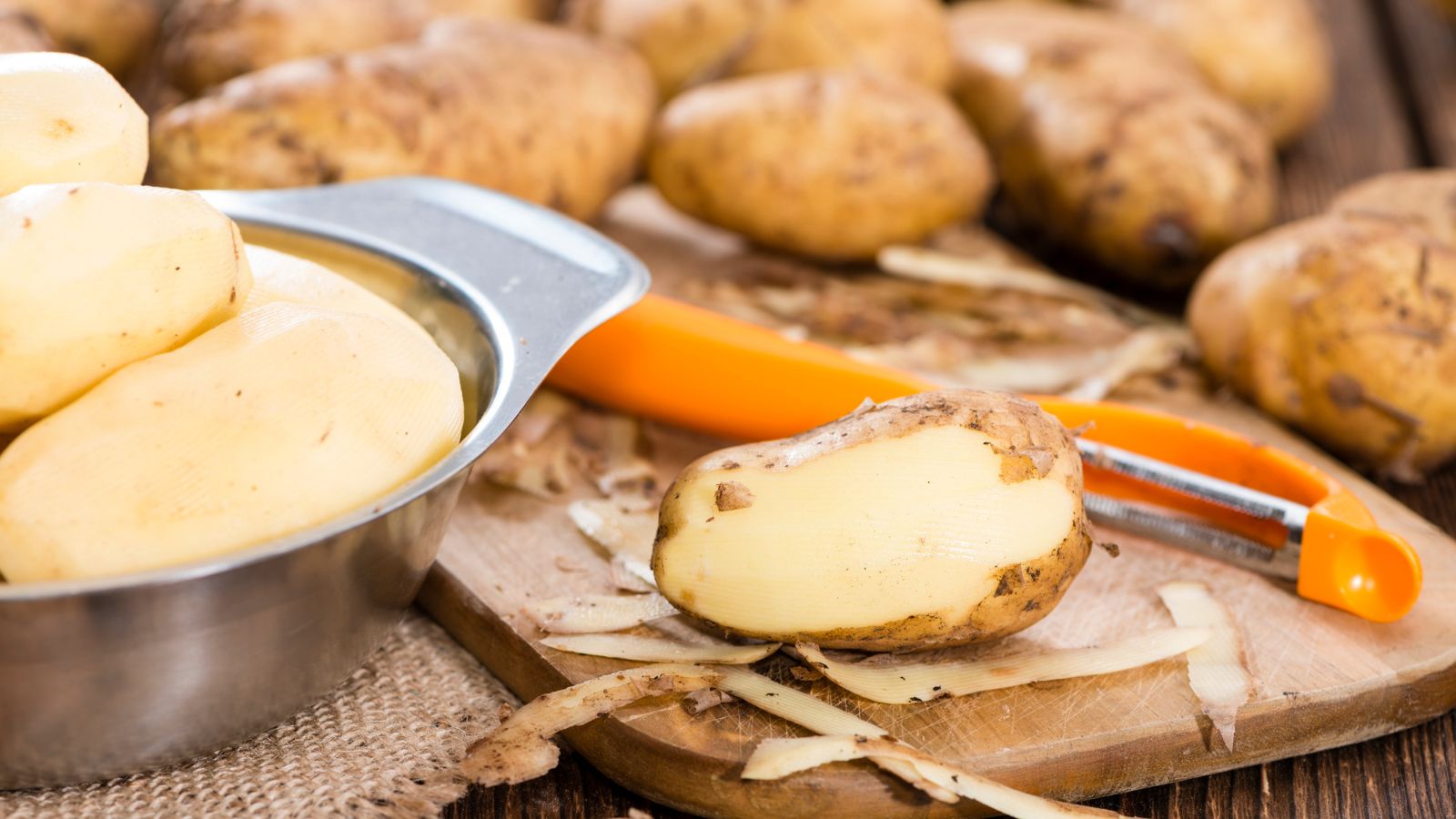
Using expired ingredients in your cooking can be harmful to your health. It’s important to take action by discarding them as soon as you discover them.
Begin by going through your pantry and refrigerator, and get rid of expired food items such as canned goods, cookies, baking products, fruits, vegetables, and the dreaded forgotten leftovers.
Toss out anything past its prime, expiration date, or no longer good to use. This helps create more space and ensures that the ingredients you cook with are safe and of good quality.
12. Expired Cleaning Products

Cleaning products are vital in maintaining a safe and hygienic kitchen environment. However, the disinfecting power of these products, which ensures our kitchen’s cleanliness, does have a limited lifespan.
Most antibacterial cleaners maintain their effectiveness for approximately one year, while multipurpose cleaners lacking antibacterial agents can last up to two years.
It’s a good idea to assess your cleaning supplies and remove expired items that are no longer effective. This allows you to retain only the essentials in your collection.
13. Plastic and Tote Bags
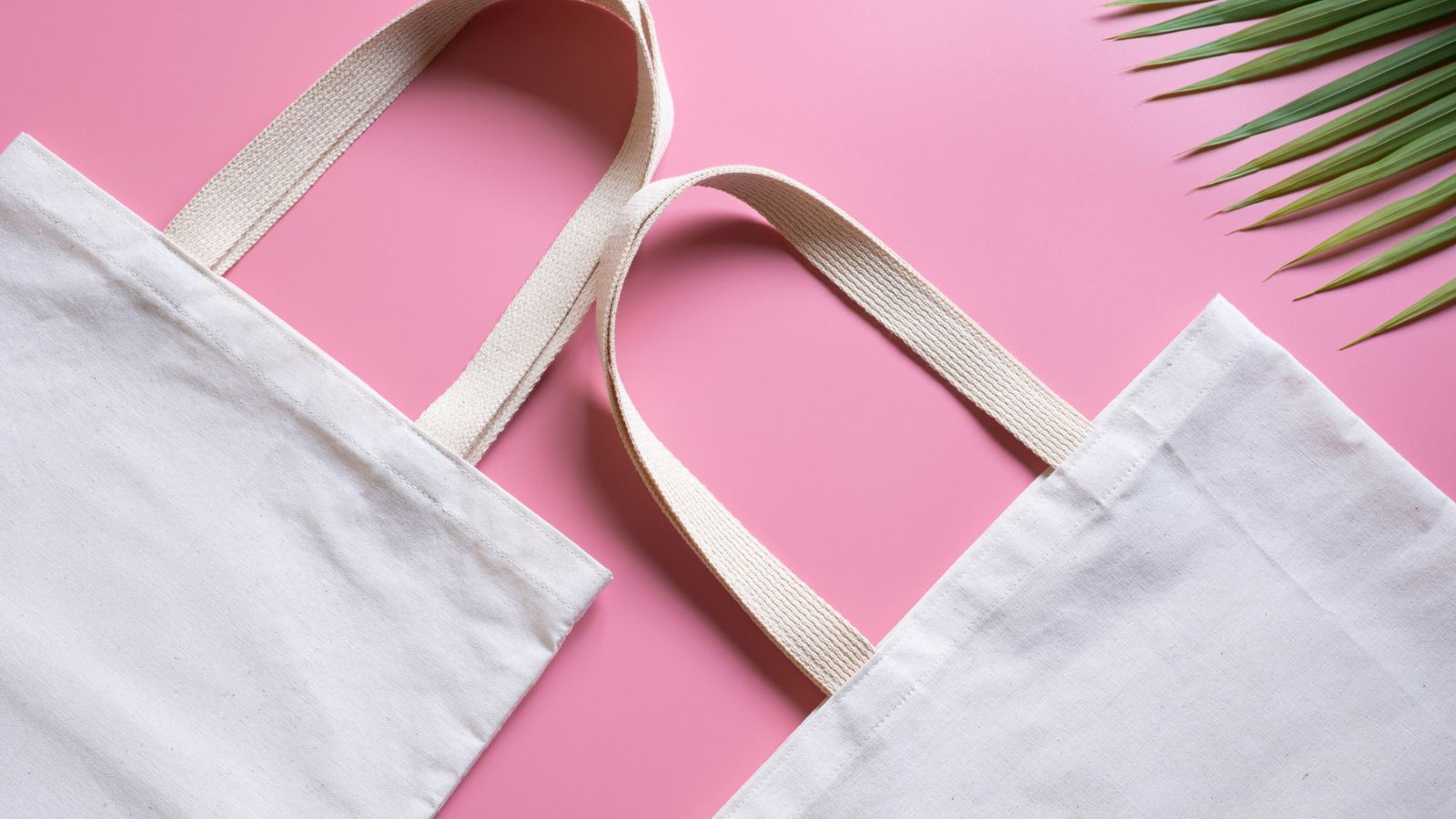
Plastic and tote bags from grocery stores and free events tend to accumulate in our homes. The intention behind holding onto them is to reuse them for another household purpose and avoid adding more plastic waste to landfills.
However, over time, this well-meaning practice results in an overwhelming stockpile of bags. It might be a good idea to let go of some of these bags.
14. Baby Items

If your child has outgrown the need for baby bottles, cups, food, bibs, and other infant silverware, it’s a good time to consider parting with them.
While it can be sentimental to acknowledge your child’s growth, it may be time to either discard or donate these items.
15. Takeout Sauces and Utensils
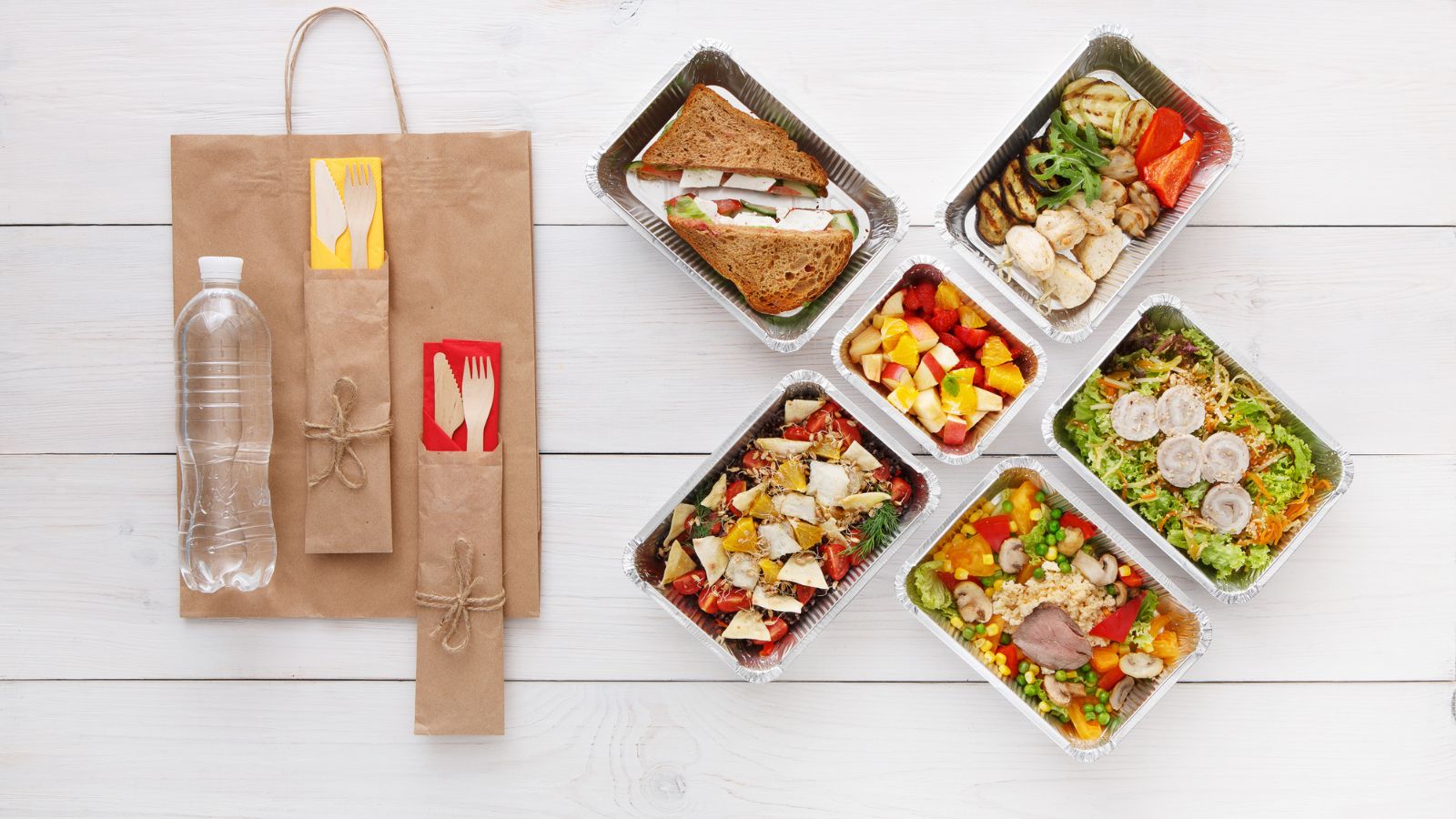
Takeout orders frequently include excess sauce packets and utensils. Let’s face it – the odds of us actually using them again are quite slim, and throwing them away might feel wasteful. But the truth is, they simply clutter up our space, so it is time to toss them.
16. Moldy and Warped Cutting Boards
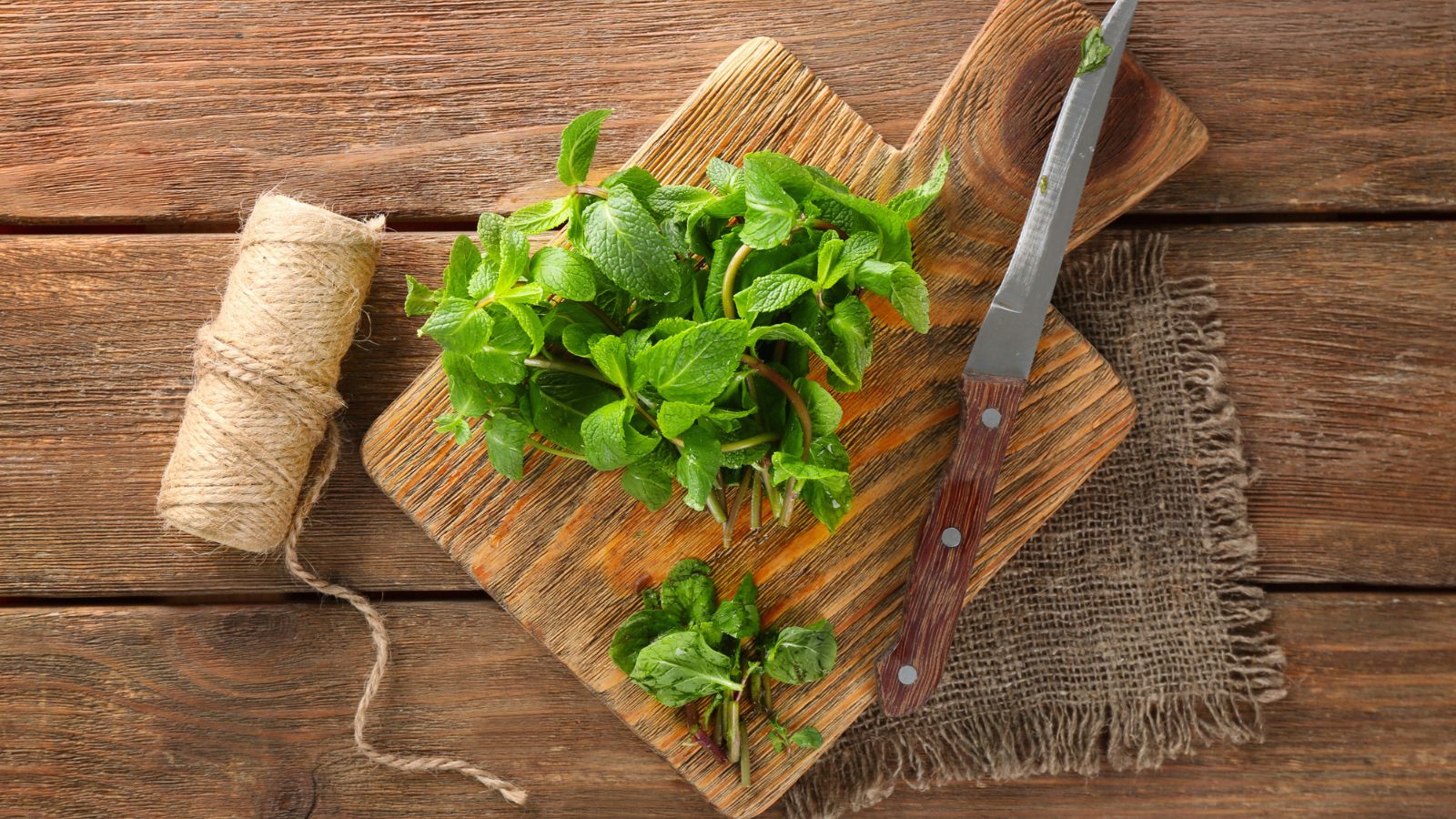
When it comes to plastic or board cutting boards, a clear indicator that it’s time for a replacement is when you notice warping or the presence of mold.
No matter how often you clean it, if these issues persist, it’s a signal that the board’s usefulness has come to an end, and it’s best to get rid of it.
17. Excess Coffee Mugs and Glasses
Consider recycling or donating any chipped, broken, or surplus coffee mugs and glasses. It’s time to part ways with them.
You can hang on to your favorites for display. Just think about how many people you usually have at home using a mug at once – that’s the most you should keep.
18. Cookbooks and Recipe Books
Sort through your recipe books and let go of the books you no longer use or have no intention of using. These books can eat up valuable space.
Consider parting if it’s been a while since you last cooked from them. You can also take a photo or scan the pages of your favorite recipes.
19. Pan Lids
If you have pan lids with no matching pot bottoms, then it’s time to toss it.
20. Food You Will Never Eat
We’ve all been guilty of holding onto food we don’t intend to eat simply because we bought it and hate to see it go to waste. But the reality is that it’s occupying valuable space; sooner or later, it’ll expire and be unusable.
The smart move is to clear it out of the pantry and donate it so that someone else can enjoy it.
How to Declutter Your Cooking Space
Take some time to evaluate your current storage space, identify areas of improvement, and plan your organization strategy accordingly.
Start by taking an inventory of all the items in your kitchen. This includes cookware, utensils, appliances, and pantry items. Assess which items you use frequently and which ones can be stored away. Consider donating or discarding any broken, damaged items that no longer serve a purpose in your kitchen.
Next, evaluate your kitchen’s layout and available storage space. Take note of areas that are underutilized or overcrowded. This will help you identify potential storage solutions and make the most of your kitchen’s square footage.
Here are some additional steps to take to help with the decluttering process:
- Group Similar Items: Group similar items together to create a logical system. Decide which ones you use frequently. For example, store baking supplies in one cabinet, pots and pans in another, and glassware in a separate area. Donate, toss, or relocate items you rarely use or don’t belong in the kitchen.
- Create Zones: Divide areas of your kitchen into zones based on functionality. For example, designate an area for food prep, another for cooking utensils, and a separate space for small appliances.
- Invest in Storage Solutions: Use storage solutions such as utensil holders, spice racks, and canisters to keep frequently used items within reach. This will help maintain a clutter-free and organized workspace.
- Utilize Wall Space: If your kitchen counters are still cluttered even after decluttering, consider utilizing wall space. Install hooks or shelves to hang pots, pans, and cooking utensils. This will free up valuable counter space and add a decorative touch to your kitchen.
- Relocate Items That Don’t Belong – Kitchens often become a magnet for miscellaneous items that sometimes end up in the junk drawer. Find a new place for each of these misplaced items and relocate them there.
- Remove Duplicates Items
Benefits of a clutter-free kitchen
A well-organized kitchen is not only aesthetically pleasing but also essential for efficient meal preparation and a stress-free cooking experience.
Finding the items you need can be time-consuming and frustrating when your kitchen is cluttered. A disorganized kitchen can also lead to wasted ingredients, expired food, and even accidents.
Organizing your kitchen allows you to create designated spaces for each item, making it easy to find what you need when you need it.
It also helps you maintain a clear and clean working area, reducing the chances of cross-contamination and promoting a hygienic cooking environment.
Maintaining a clutter free kitchen
Here are a few ways that you can maintain a decluttered kitchen and keep things in order:
- Create Dedicated Spaces: Designate specific areas or cabinets for each appliance. For example, create a coffee station, a baking station, and a smoothie station. This will keep everything organized and easily accessible.
- Evaluate Usage: Assess which appliances and kitchen gadgets you use on a regular basis and those that are rarely used. Consider donating or selling any appliances that are no longer needed.
- Utilize Vertical Space: Install shelves or racks inside cabinet doors to store small items and appliances – items such as a blender, toaster, waffle maker, slow cooker, ice cream maker, and mixers. This frees up countertop space while still keeping these items within reach.
- Clean as You Cook: Clean up spills and messes as you cook. This prevents them from accumulating and becoming more difficult to clean later.
- Put Things Back: Make it a habit to put items back in their designated places immediately after use. This prevents clutter from piling up and maintains an organized environment.
- Regularly Declutter: Schedule regular decluttering sessions to reassess your kitchen items. Donate or discard any items that are no longer useful or needed.
- Meal Plan and Grocery Shop Strategically: Plan your meals and grocery shop with organization in mind. This ensures that you only buy what you need and reduces the chances of food going to waste.
Other posts you might like:
- 8 Things You Should Recycle But Probably Don’t
- Don’t Toss Your Rusty Cast Iron Pan. Here’s How You Can Bring it Back to Life
- 15 Incredible Ways to Repurpose Used Coffee Grounds
Tamara White is the creator and founder of The Thrifty Apartment, a home decor and DIY blog that focuses on affordable and budget-friendly home decorating ideas and projects. Tamara documents her home improvement journey, love of thrifting, tips for space optimization, and creating beautiful spaces.
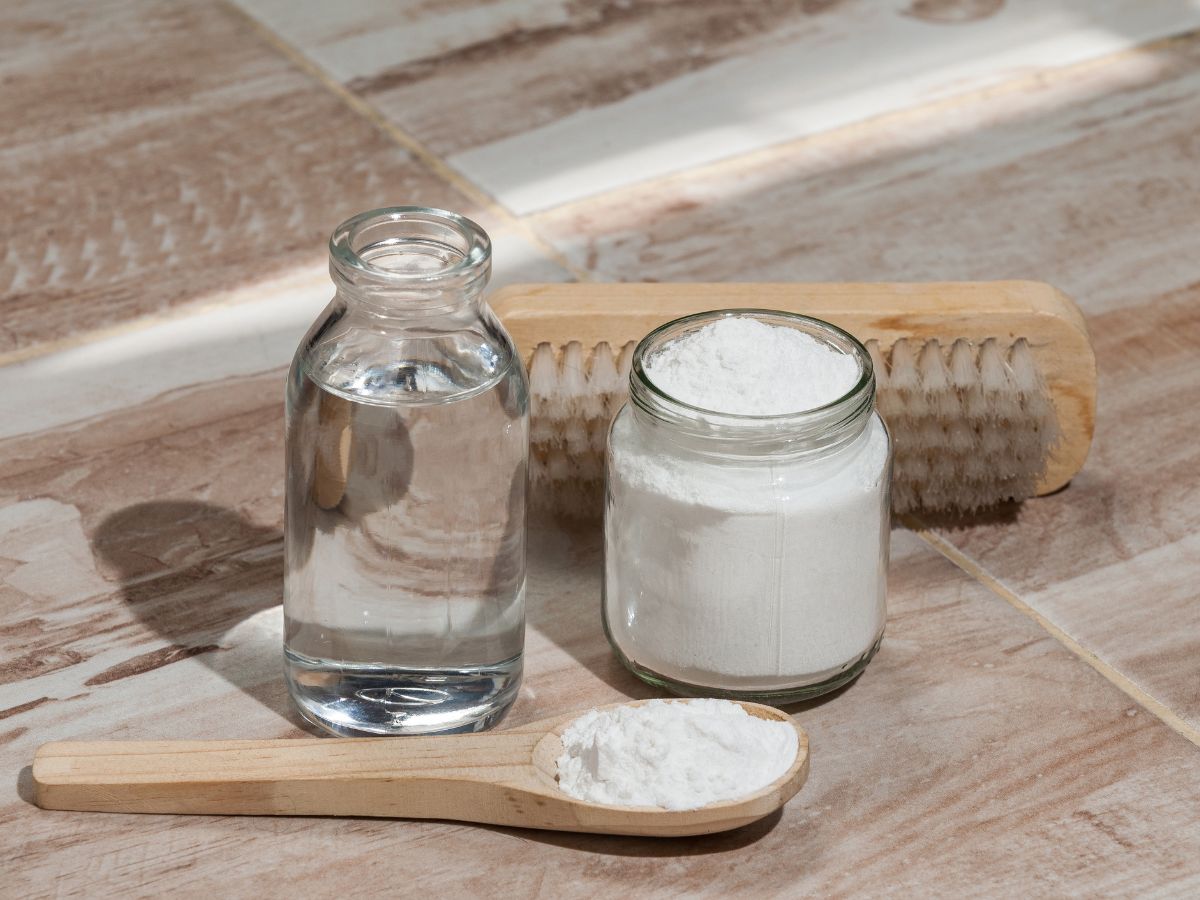
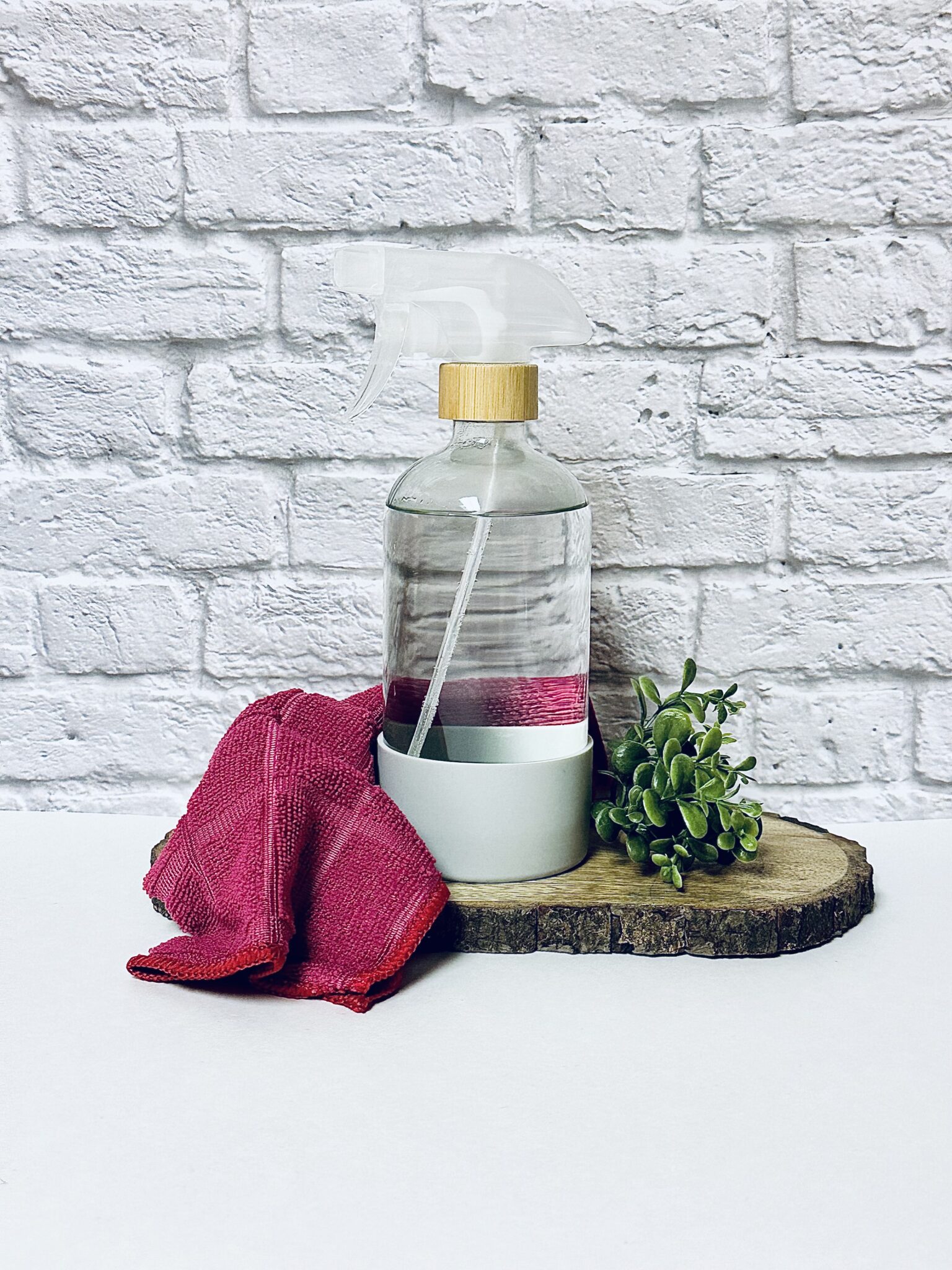

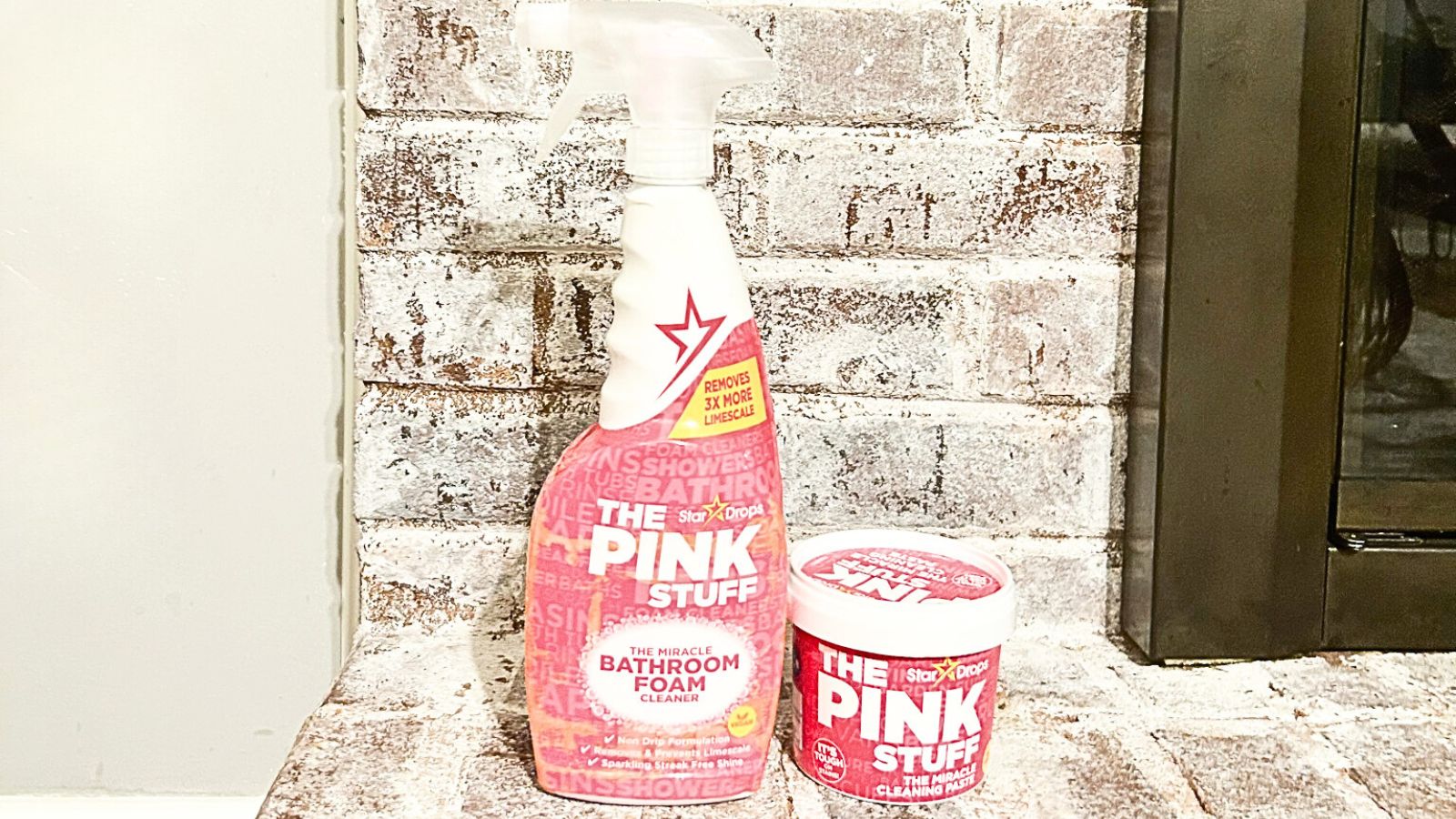
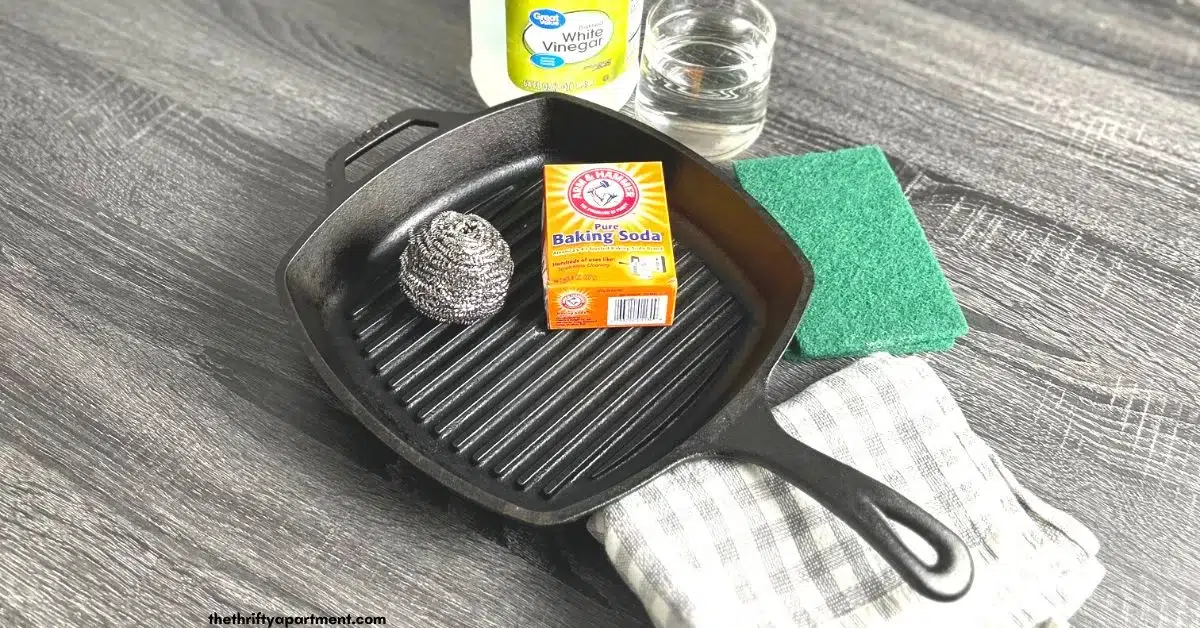

Oh my! Just read your kitchen decluttering tips and every one I have done this past week. It’s amazing what gets thrown into a deeper cabinet & forgotten about. I found kitchen appliances I had to look for on the internet just to see what they did. Will use my forgotten well known name coffee percolator again, but had to find the directions online. I had to throw out every spice I had stashed due to expiration dates. The newest I had expired in 2018. Have two large bags of recycle items from emptying spices into sealed bags and recycling the plastic bottles and cans; also many saved plastic food containers-all things mentioned in your article. It’s nice to know I was on the right track and you confirmed all my work. All your tips should be done by anyone who has a kitchen.
THANK YOU!
Wow. I am so happy to hear that you found this super helpful. Seriously we should all declutter every once in a while. It’s amazing to see what might be lurking in our homes.
Found you just this morning while browsing for some possible solutions to all the clutter that needs “to go.” And signed up. Thanks for your insights and suggestions!
That’s such awesome news. I am so happy you like the content.